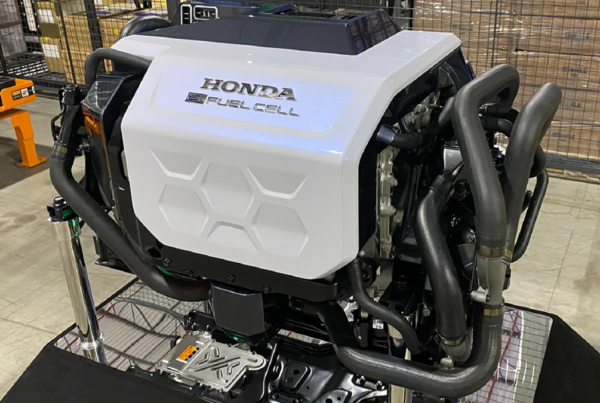
If a fuel cell under the skin converts blood sugar from the body into electrical energy, it sounds like science fiction. It works flawlessly, as an ETH research team led by biotechnology professor Martin Fussenegger shows.
In type 1 diabetics, the body does not produce any insulin. Therefore, those affected must supply the hormone from the outside to regulate the blood sugar level. Today, this is mostly done with insulin pumps that sit directly on the body. Such devices, but also other medical applications such as cardiac pacemakers, need a reliable power supply. This is currently ensured primarily with electricity from batteries or rechargeable batteries.
A team of researchers led by Martin Fussenegger from the Department of Biosystems at ETH Zurich in Basel has now turned a futuristic idea into reality: they have developed an implantable fuel cell that uses excess blood sugar (glucose) from the tissue to generate electrical energy. The researchers, in turn, combined the fuel cell with artificial beta cells developed in their group a few years ago, which, like their natural counterparts, produce insulin in the pancreas and effectively lower the blood sugar level.
“Particularly in Western industrialized nations, many people consume more carbohydrates than they need on a daily basis,” says ETH Professor Fussenegger. This leads to obesity, diabetes and cardiovascular diseases. “That gave us the idea of using this surplus of metabolic energy to generate electricity to operate biomedical devices,” the biotechnologist explains.
Fuel cell in “teabag” format
The heart of the fuel cell is the anode (electrode) specially created for this application by Fussenegger’s team. This consists of copper-based nanoparticles and splits glucose into gluconic acid and a proton to generate electricity, which sets an electrical circuit in motion.
The fuel cell is wrapped in fleece and coated with alginate, an algae product approved for medical use. This makes the fuel cell resemble a tea bag that can be inserted under the skin. The alginate soaks up bodily fluid and allows glucose to pass from the tissues into its interior.

Scheme of energy generation and insulin control: When the blood sugar level rises, the electrical circuit is activated and the energy generated stimulates insulin production. (Scheme: from Maity D, et al, Adv. Mater. 2023 / ETH Zurich)
Self-powered diabetes network
In a second step, the researchers coupled the fuel cell with a capsule containing artificial beta cells. These can be stimulated with electricity or blue LED light to produce and release insulin. Fussenegger and his team tested such designer cells some time ago (see ETH News of December 8, 2016).
The system thus combines permanent power generation and controlled insulin delivery. As soon as the fuel cell registers an excess of glucose, electricity production starts. The electrical energy is then used to stimulate the cells to produce insulin and release it into the blood. This lowers the blood sugar level to a normal level. As soon as it falls below a certain threshold, the current and thus the insulin production stops.
Not only does the fuel cell provide enough electrical energy to stimulate the designer cells, it is also sufficient for the implanted system to communicate with external devices such as a smartphone. This enables potential users to adjust the system via a corresponding app. A doctor could also access it remotely and make adjustments. “The new system regulates the insulin level and thus the blood sugar level autonomously and could be used to treat diabetes in the future,” emphasizes Fussenegger.
Read the most up to date Fuel Cell and Hydrogen Industry news at FuelCellsWorks
Long, uncertain path to market maturity
The present system is only a prototype. Although the researchers have successfully tested it in a mouse model, they cannot develop it further into a marketable product. “Bringing such a device to market maturity far exceeds our financial and human resources,” says Fussenegger. An industrial partner who has the appropriate means and know-how is therefore required.




